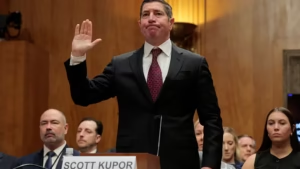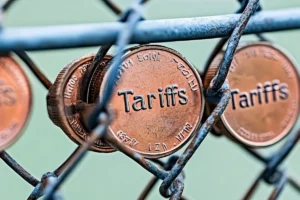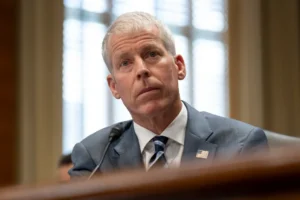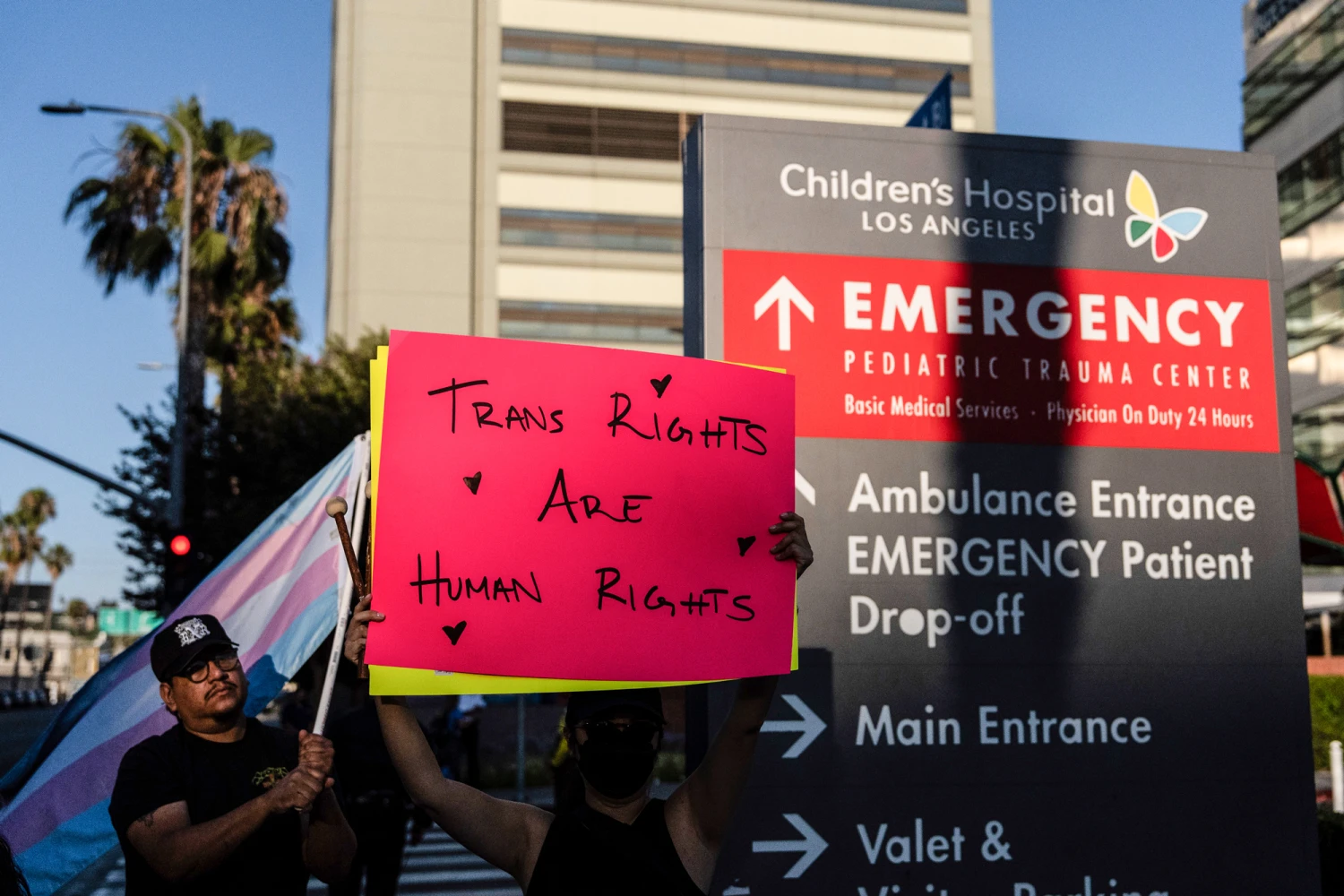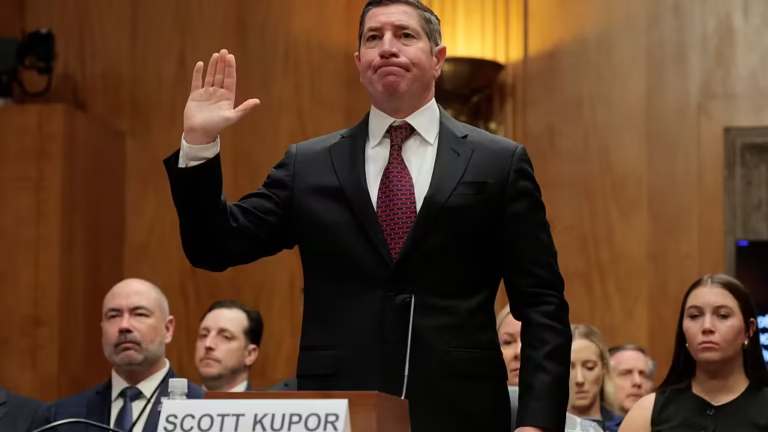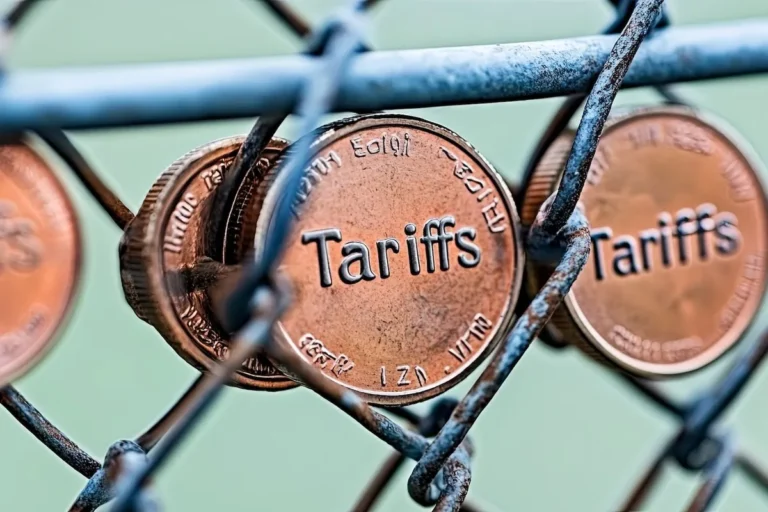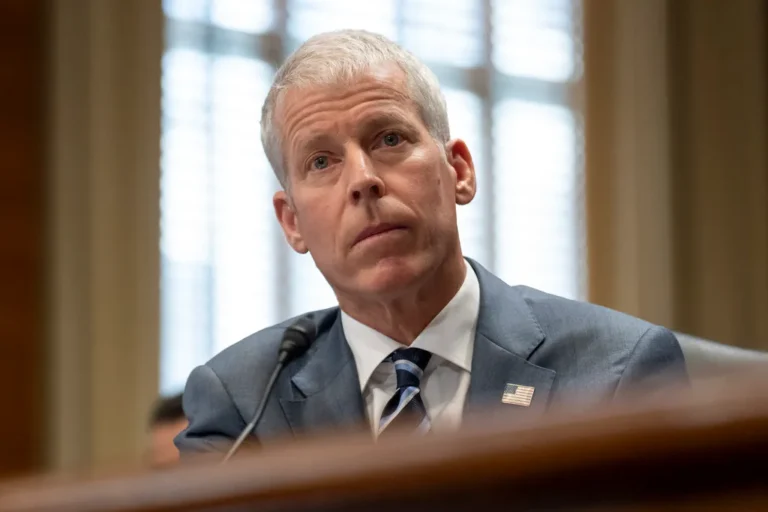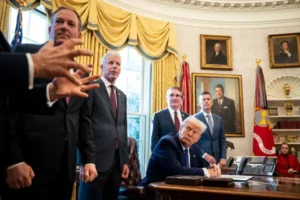A Lifeline for Trans Youth Ends
Nation Largest Gender-Affirming, The Center for Transyouth Health and Development at Children’s Hospital Los Angeles—the largest public provider of gender-affirming care for minors in the U.S.—is officially closing its doors on July 22. The decision, sparked by the Trump administration’s threat to cut federal funds for facilities that provide such care, has led to waves of public outcry and protests.
For youth like Sage Sol Pitchenik, the closure is devastating. The nonbinary 16-year-old credits the center with saving their life. “I hated my body,” Pitchenik said. “I hated looking at it.” Therapy didn’t help. The center did.
After six years of treatment, including hormone blockers and counseling, Pitchenik said they learned to not just survive—but thrive. Now, like many others, they’re left wondering what comes next.
A Three-Decade Legacy in Jeopardy
For over 30 years, the LA-based center has served thousands of children and teens—mostly on public insurance—providing counseling, medical care, and support for gender-diverse youth. It was one of the earliest and most respected institutions of its kind.
The program offered a cautious, step-by-step process. Young patients who hadn’t yet entered puberty started with mental health support. Only after careful evaluation would puberty blockers or hormone replacement therapy be considered. Surgeries for minors were rare.
It wasn’t just a clinic—it was a lifeline. But as the Trump administration ramped up efforts to cut funding and intimidate providers, the future of trans youth care became uncertain.
Legal and Political Pressure Mounts
In a statement, the hospital said it had no viable path forward. The decision came after a legal and financial review of the impacts of “recent administrative actions and proposed policies.”
Although the California Attorney General’s office warned that the closure might violate state anti-discrimination laws, no legal action has followed. In February, Attorney General Rob Bonta and 22 other states sued the Trump administration over the executive order that led to this moment.
Bonta called the move “an all-out war to strip away LGBTQ+ rights.” In a statement to the AP, he added, “The Administration’s harmful attacks are hurting California’s transgender community by seeking to scare doctors and hospitals from providing nondiscriminatory healthcare.”
Protesters Take a Stand
Since February, protesters—many of them teens and families who received care—have gathered regularly outside the hospital. They chant, wave trans pride flags, and share emotional testimonies.
“Trans kids are done being quiet,” Pitchenik shouted at a recent protest. “We’re done begging for the bare minimum.”
For many of the young protesters, it’s the first time they’ve felt heard. Their demands are simple: keep the center open and protect their future.
Healthcare Workers Show Up in Solidarity
Among those protesting was Jack Brenner, a nurse in the hospital’s emergency room. Still in their scrubs, they grabbed a megaphone and choked back tears.
“Our visibility is so important for our youth,” Brenner said. “To see that there is a future, and that there is a way to grow up and to be your authentic self.”
Brenner, who is trans, didn’t recognize their identity until their mid-20s. They now wear a lanyard with colorful “they/them” pins to signal their identity to young patients.
“I see the change in kids’ eyes,” Brenner said. “Little glints of recognition that I am a trans adult and that there is a future.”
A Mental Health Crisis Deepens
According to a 2024 study by the Centers for Disease Control and Prevention, trans teens are at significantly higher risk of suicidal thoughts and behaviors. The care provided by clinics like the one at Children’s Hospital is often the only line of defense.
Brenner regularly encounters trans and nonbinary youth in crisis. Many are overwhelmed and unsupported. For them, seeing a healthcare worker who shares their identity can make a life-saving difference.
Now, with the closure imminent, the mental health toll is expected to worsen.

Families Scramble to Find Care
The shutdown has left families across California in turmoil. Public and private gender clinics are already stretched thin. Many don’t have the staff, funding, or infrastructure to take on thousands of displaced patients.
Beth Hossfeld, a marriage and family therapist and grandmother to two children who received care at the center, called the closure “patient abandonment.”
“This is a political decision, not a medical one,” Hossfeld said. “And that’s disturbing.”
She’s one of many adults raising their voices in defense of trans youth, urging the hospital to reverse its decision—or at least provide transition plans for patients.
A Stain on a Once-Proud Legacy
While the hospital originally delayed the closure in February after pushback, it has now confirmed the decision is final. In doing so, many say it has tarnished its legacy.
“It’s a disappointment,” said Maria Do, community mobilization manager at the Los Angeles LGBT Center. “It showcases that they’re quick to abandon our most vulnerable members.”
The center had been a symbol of hope. Its closure is now a symbol of a broader battle over transgender rights in America.
Conclusion: A Turning Point for Trans Youth Care
The closure of the country’s largest gender-affirming youth care center signals a dangerous shift in how trans health is treated in the U.S. What was once a place of safety, dignity, and healing has become a casualty of political warfare.
Despite legal protections in California, fear is spreading among providers. Families are desperate for answers. Teens are grieving the loss of a place that helped them feel human.
And still, in the face of it all, they rise—trans youth, healthcare workers, and families—united in the belief that every child deserves a future where they are seen, supported, and celebrated.
For more latest news checkout our website: usnewsinsight

